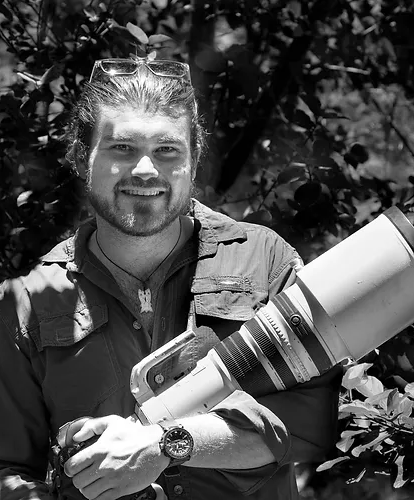The Kalahari is in a constant state of flow
Published on: 05/05/2022
Published on: 05/05/2022

Photo title: Fungai
|Photo Credits: Daniel Crous

Photo title: Greater Kudu
|Photo Credits: Daniel Crous

Daniel Crous has been lucky enough to call Botswana home for his entire life. His folks ran safari camps in the 80's and his early childhood was spent in the heart of the Okavango Delta. Life outdoors has always been his calling, safaris in Botswana are one of the purest forms of such a life. His Dad handed him his old film camera when he was about 12, documenting the wilderness around him has grown from passion to profession. He is equally passionate about the conservation of the land we live in and all of its creatures, including its people. He now takes extreme pleasure in leading others to some of the incredible experiences available here.
Into the Valley of Deception: The Central Kalahari Game Reserve
Taking Terrific Photos on Safari: Getting the Trophy Shot
Adapt and Survive: Reaching the Pinnacle of Specialisation
Into the night – nocturnal life in the Kalahari
A Lone Porcupine fights off an entire pride of Lions!
Ten Interesting Facts About the Kalahari Desert